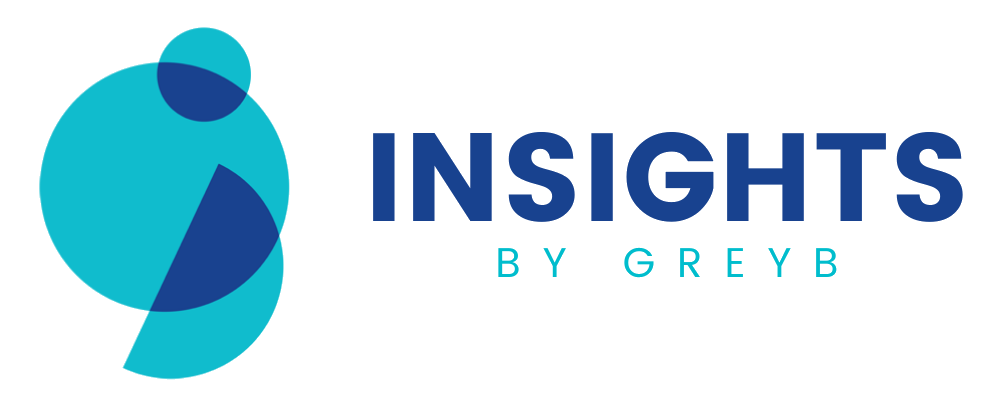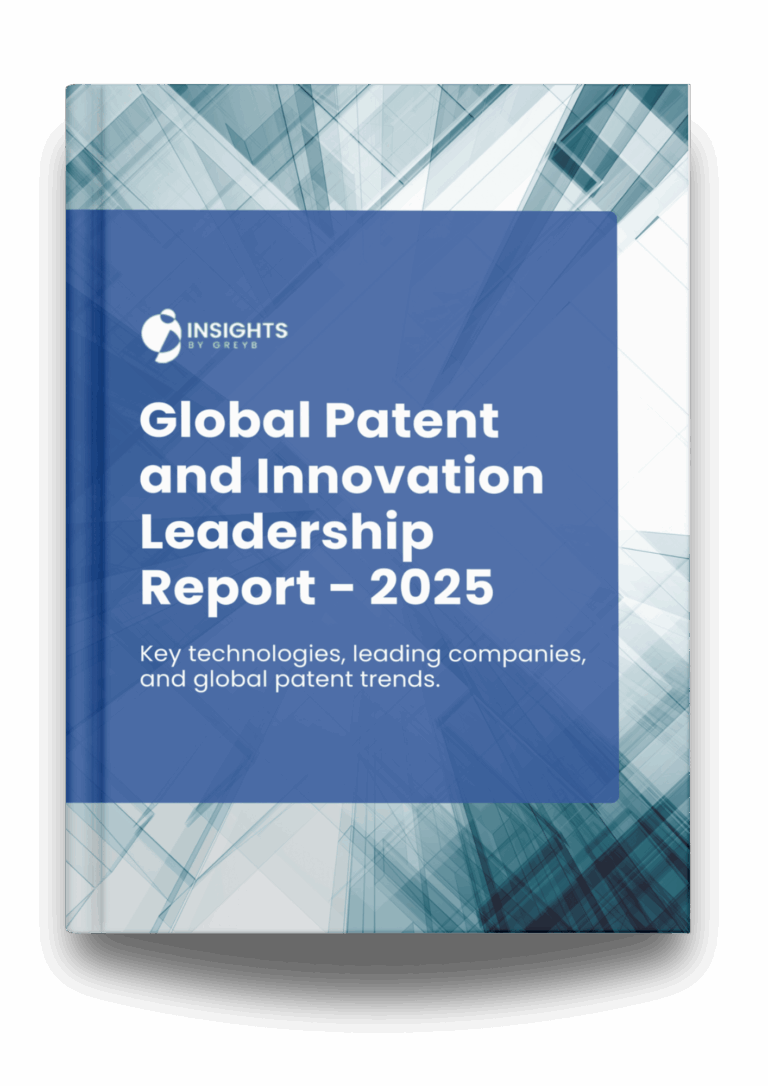You may recognize Lyft from pink furry mustaches attached to the front of vehicles which has now been replaced by a more subtle system called the Amp(a module placed inside the vehicles), due to the concerns raised by some passengers on arriving at business settings with such flashy entrances. Lyft is a ride-sharing company (currently valued at just over 14B $ approx.) which was founded in 2012 by Logan Green and John Zimmer who earlier created Zimride (another ride-sharing company that connects intercity drivers and passengers).
As of now, Lyft operates in the USA & Canada through a mobile app offering vehicles for hire, motorized scooters, a bicycle-sharing system, and food-delivery.
Overview of Lyft’s Patent Portfolio
Lyft has a total of 618 patents filed worldwide that belong to 296 unique patent families. The below exhibits highlight the key statistics of Lyft’s patent portfolio.
Legal (Alive/Dead) Status of Lyft Patents
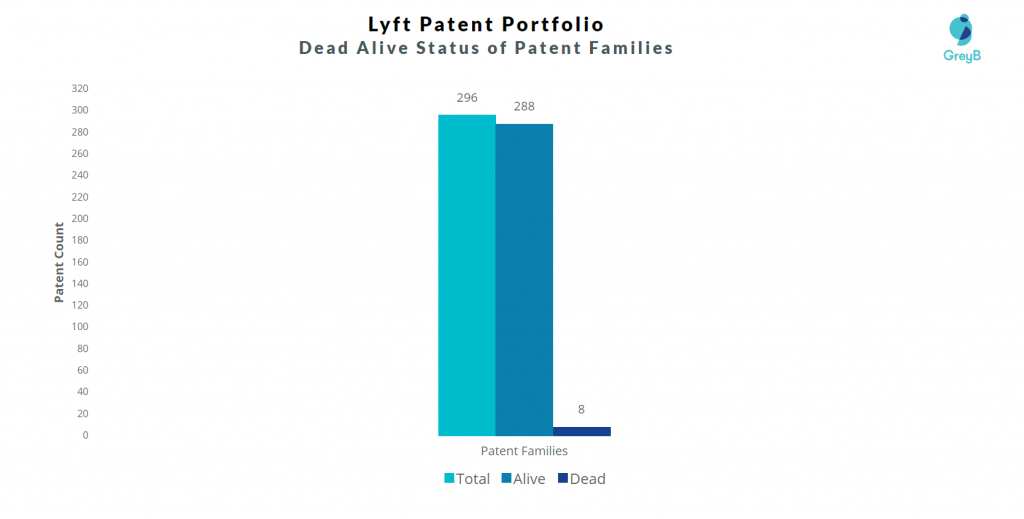
Lyft’s patent portfolio consists of 296 patent families of which 288 are alive. The patent families as per the technology described can be majorly divided into 8 categories (like Autonomous Vehicles, App Working & Features, Media Streaming, etc.)
Filing Trend of Lyft Patents
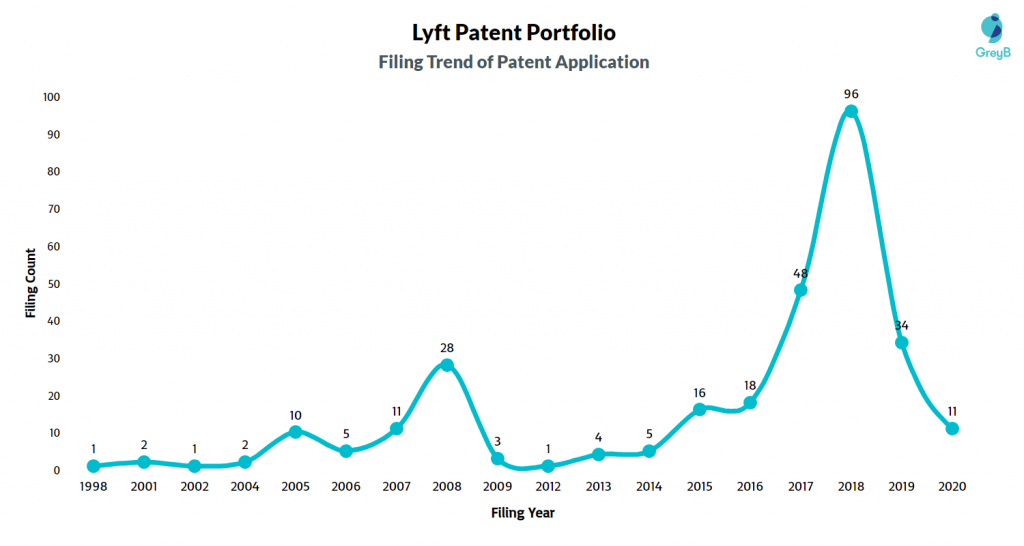
Geographical Distribution of Lyft Patents
After the launch of the company in 2012, the most lucrative years in terms of patent filing were 2017, 18, and 19 with more than 60% of patent filing occurring in these 3 years alone.
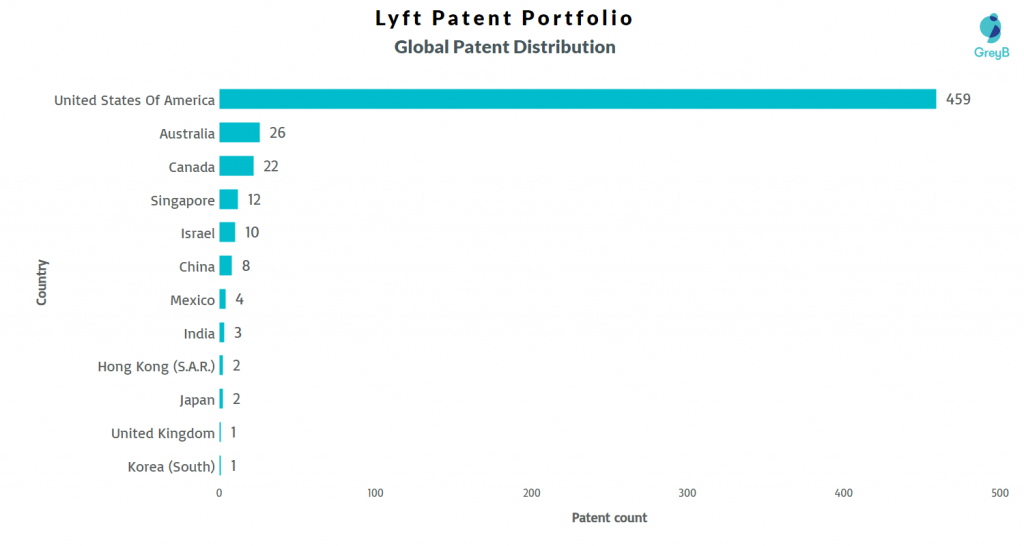
In terms of geographical distribution, Lyft has filed maximum patents in the US (more than 70%) which is understandable seeing its market share in the US. After the US, Australia is the next country with maximum filings.
Lyft Patent Portfolio: Build-up Strategy
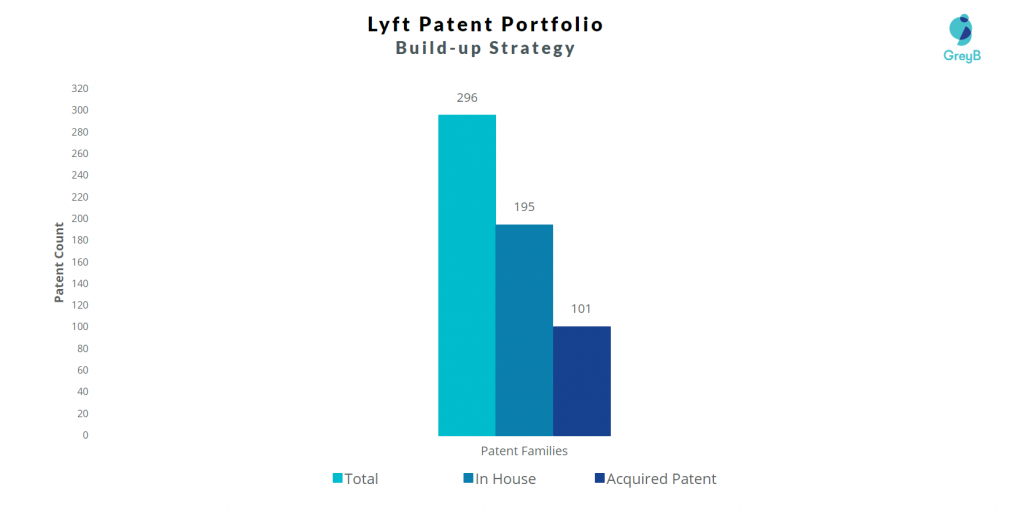
Some Highlights from the Lyft’s Patent Portfolio
Many times we are not able to book a ride at certain venues like airports, concerts, etc. where there is congestion due to a large number of requestors. Moreover, if we are able to book a ride; there may be a problem in locating our ride as there would be multiple providers. Patent US20190311629A1 provides a method for streamlining this process. The method involves arranging ride requests in a virtual queue where the rider and driver are notified when their number comes up in the queue and the driver can then reach the venue for pick up. This can also prevent overcrowding due to multiple vehicles reaching the same time at the same venue.
LiDAR (Light Detection and Ranging) systems, particularly, are an essential element for the working of autonomous vehicles. Since they are primarily based on light transmission and reception, external environmental conditions like humidity, fog, etc. can cause noise in the signals further affecting the accuracy of LiDAR and the autonomous vehicle in general. Patent US20190361100A1 intends to solve this problem by providing a LiDAR system with different operational modes where lights of different wavelengths are used in each of the modes. The extent to which an external particle can affect light depends on the wavelength of light, so by using different light wavelengths, the system can predict which wavelength is providing the best efficiency.
Patent citations are often used to describe the quality of patents. US7937075B2 which initially belonged to AT&T has more than 100 citations. The patent talks about a system for automatically changing the mode of a mobile device in a vehicle (like hand-free mode) upon the driver and its corresponding device identification.
Technological Profile of Lyft Patent Portfolio
To understand the technological profile of Lyft’s patents, we divided Lyft’s patent portfolio into eight clusters which you can see in the exhibit below. More than 50% of patent families in the portfolio are on Apps Features & Autonomous Technology. A brief discussion on each of the clusters will be followed in the subsequent section.
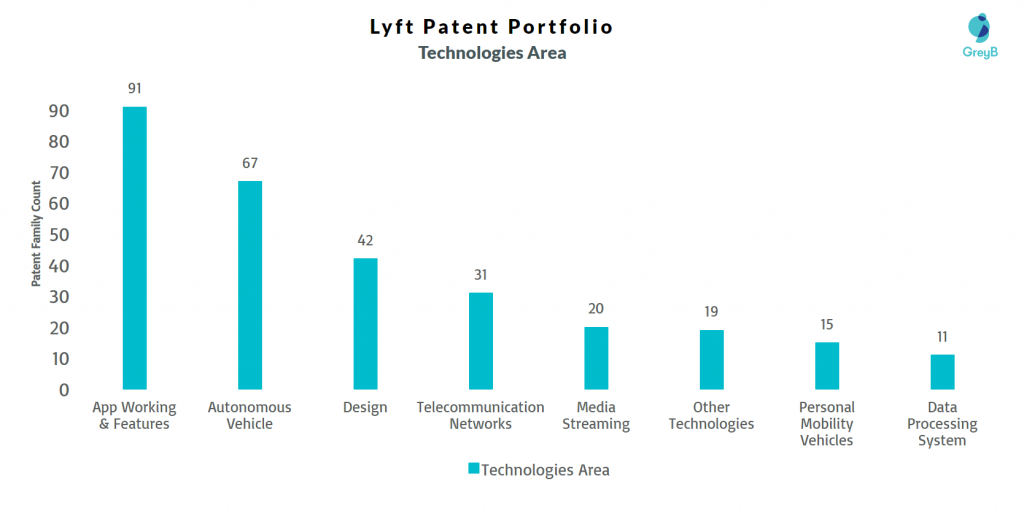
Lyft’s technology trend through the years shows that in the past 5 years, there has been an increased focus on autonomous technology, personal mobility vehicles like e-bikes apart from improvements in the Lyft app for ride-booking which is currently their niche.
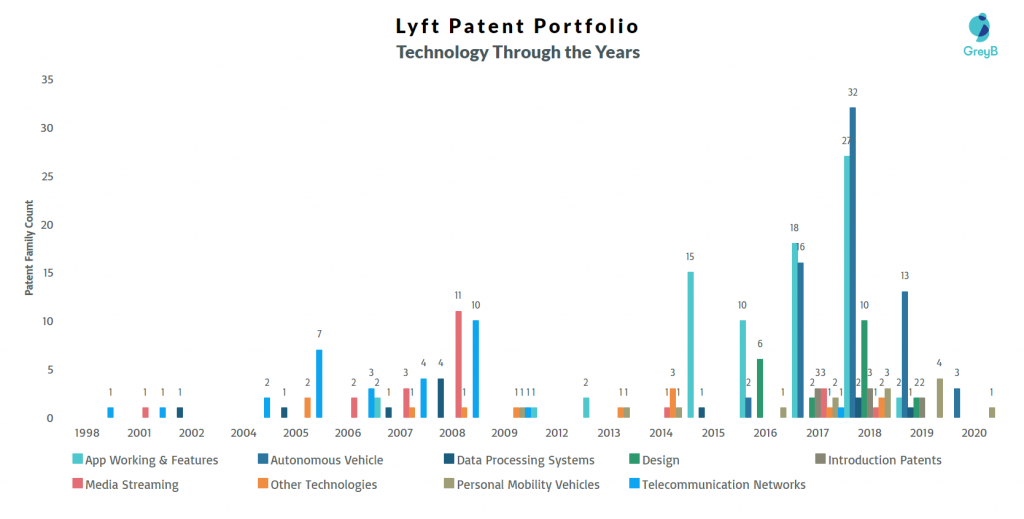
Lyft Patent Portfolio: Apps & Features
This section consists of 91 unique patent families which can be divided into sub-categories.
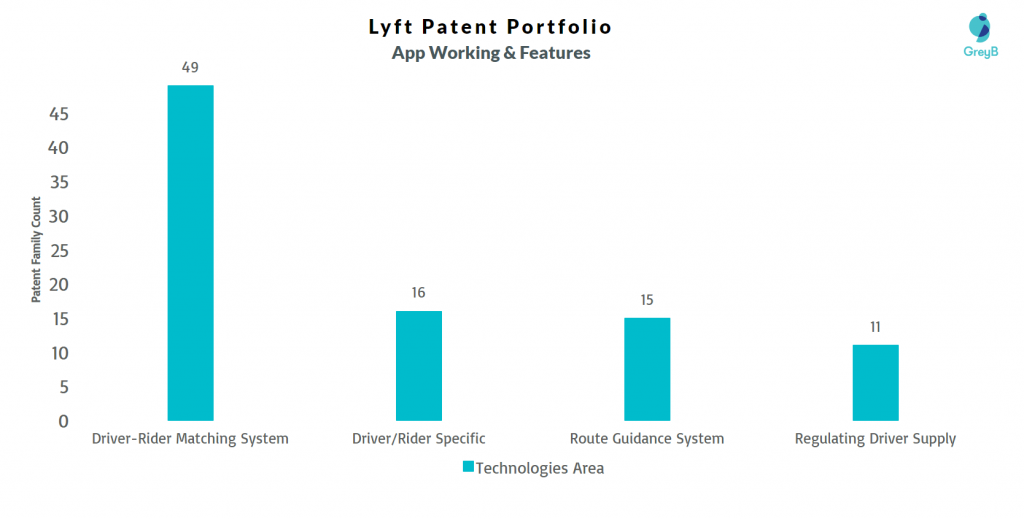
Driver-Rider Matching Systems: The sub-cluster consists of patents that provide methods facilitating the easy matching of riders with drivers, easy location of riders & drivers on pick-up spots, etc.
Driver/Rider Specific: The cluster consists of technologies & app features which are specific to drivers & riders like playing music in ride according to rider’s preference, incorporating AR in rides, etc.
Route Guidance Systems: Patents that incorporate app-features helpful in navigating like providing riding directions etc. are included in this cluster.
Regulating Driver Supply: The patents mention methods for dispatching drivers to a particular location where there is high demand, adjusting surcharges in case of rains, etc.
Lyft Patent Portfolio: Autonomous Vehicle
There are 67 unique patent families in Lyft’s patent portfolio that cover inventions on Autonomous Vehicles. We have further divided these 67 patent families as shown in the exhibit below.
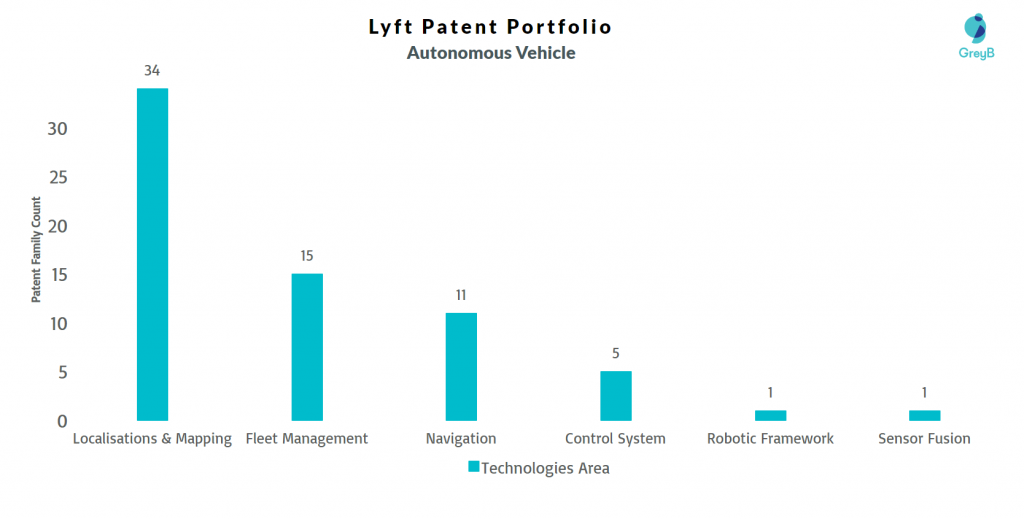
Localization & Mapping
Localization is figuring out where the car is in the geographical region & mapping is creating a picture that represents something. So the combination of these two terms is particularly used in autonomous vehicles in the form of the SLAM (Simultaneous Localisation & Mapping) technique.
Localization & Mapping consists of using image data and synergy between various on-board sensors like LiDAR, Radar. We have further divided the sub-cluster into two parts: Image Processing & Sensor Fusion. The patents dealing with sensor calibration are also categorized under sensor fusion.
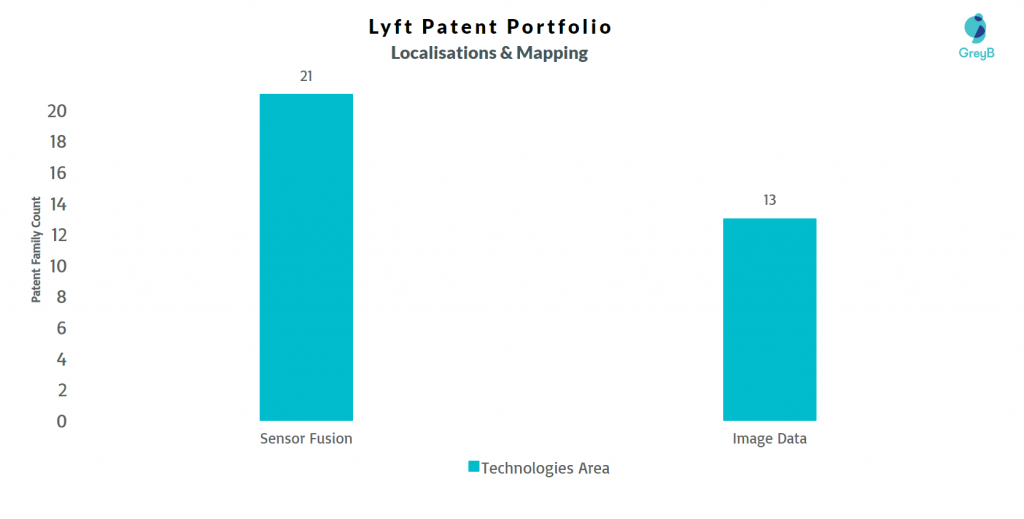
Fleet Management
15 patent families here disclose inventions on managing the fleet of autonomous vehicles, using the app for booking an autonomous vehicle for riding, offline diagnostics of vehicles, detecting system impairments, etc.
Navigation
The 11 patent families in navigation mention methods that help autonomous vehicles in navigation like using neural networks for generating routes, correcting route deviation, estimating vehicle speeds, vehicle tracking, etc.
Lyft Patent Portfolio: Telecommunication Networks
This cluster consists of 31 unique patent families. The majority of the patents here belong to AT&T Intellectual Property (The same company from which Uber acquired ride-sharing patents). The patents talk about optical network systems, managing conference calls, managing related infrastructure, etc.
Lyft Patent Portfolio: Media Streaming
Lyft has 20 unique patent families on media streaming. The patents here can be sub-divided into the below three categories.
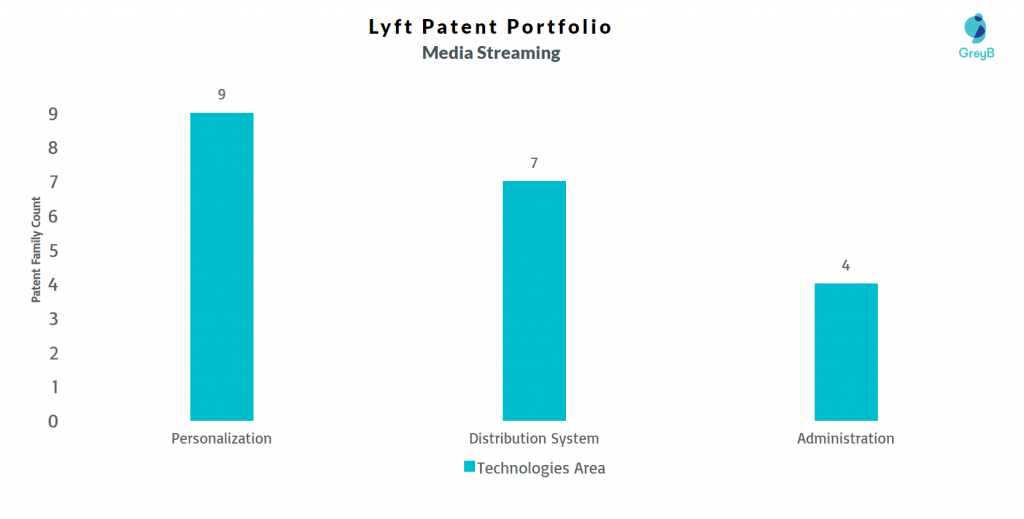
Personalization: Patents here talk about personalizing user accounts in media streaming services. Features like creating avatars for users, providing content and ads based on user preferences are disclosed.
Distribution System: Patents dealing with the distribution of media content to users using DSL (Digital Subscriber Line) networks, multicast streams in IP TV, etc are classified here.
Administration: This covers methodologies for administering media streaming services like managing subscriptions, providing support services, etc.
Lyft Patent Portfolio: Personal Mobility Vehicles
Since Lyft is also focussed on electric scooters and other similar vehicles apart from conventional four-wheeler riding systems, these related patents (15 patent families) are categorized under ‘Personal Mobility Vehicles’. These patent families disclose bicycle renting systems, bicycle locking mechanisms for safety, management of battery-driven systems, and directional indication in such vehicles.
Lyft Patent Portfolio: Data Processing Systems
The cluster consists of 11 patent families where various kinds of data are taken care of – from automobile systems to web services. The patents talk about handling data queries, database management using aggregation waveforms, recording vehicle events, tagging web data for ease of data queries, and the like. We have further divided the cluster into 3 categories as shown in the exhibit.
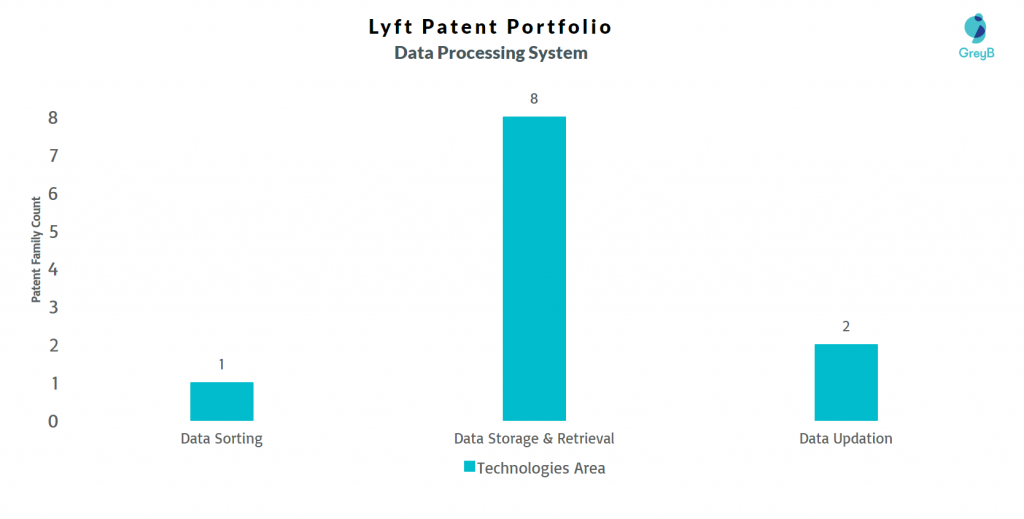
Lyft Patent Portfolio: Design Patents
The majority of 42 design patent families here are on designs of personal mobility vehicles (like bicycle fenders, locks) and designs of graphical interfaces (like in-app screens).
Lyft Patent Portfolio: Other Technologies
There are patents in Lyft’s portfolio that could not be categorized into any of the above domains and hence, they have been categorized here. There are 19 such patent families. These patents talk about enterprise management like monitoring business activities, managing financial control & IP rights. Other technologies discussed in the domain include 3d printers, supercapacitor power buffer for vehicle batteries, etc.
